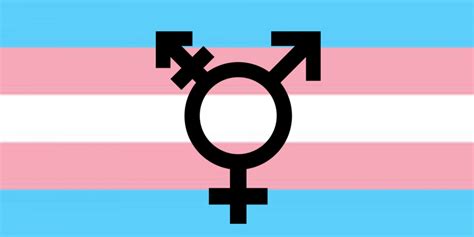The final print volume of the manga is out, and I guess this will be the plot of the movie, so spoiler alert!
Is Makoto trans? IMHO, it doesn’t matter, and that’s the point. This is a really trans- and (queer-) positive story.
Aside from the obvious themes of trans presentation and queer romance (whether Makoto is trans or not then at least one of Ryuji and Saki ain’t straight!), there is a very strong message of self-acceptance.
Makoto’s grandfather’s arc teaches us to accept ourselves, even at the potential cost of estranging our family (and although it isn’t shown, it’s pretty clear that the path is open for reconciliation with Makoto’s mother). There’s a great line from the neighbor too after doing Makoto’s makeup: you decide whether it suits you!
The Ryuji/Saki + Makoto romance line is all about how there are people who will appreciate you for your true self, and you don’t have to lose your friends.
Saki in particular struggles with what it means to find someone “special”, and who she should live with: in the end she realizes you can just decide it for yourself! And also comes to understand that while her parents maybe fit the socially-expected role, it’s the people that actually care for and are there for her (her grandmother and Makoto) that are important.
And then there’s “I just want to live as me” Makoto. Maybe a femboy; maybe a trans girl; certainly exploring. This of course echoes that “but am I really trans” self-doubt, and the answer is: it doesn’t matter! It’s up to you! Just be yourself (can’t be anyone else!). Makoto recognizes himself in his grandfather, and turns there for advice in the end. By the end of the story, all the characters are living more true to themselves, and are happier for it.
Plus seeing Makoto’s hair gradually growing out hit me right in the feels 🥲
PS I only realized recently than Pom is also the creator of trans meme icon Kurumi-chan! (Menhera-chan) I hope we see more from this author in the future.


It’s definitely a trans story, but more than that, it demonstrates the way gender can be understood in different cultures. Our western view of transgender identities from a clinical lens kinda restricts our view of how they work. There are many cultures both now and historically that have unofficial and official gender identities. For Makoto, “otokonoko” is a nonbinary/transfem label of being neither simply a boy or girl.